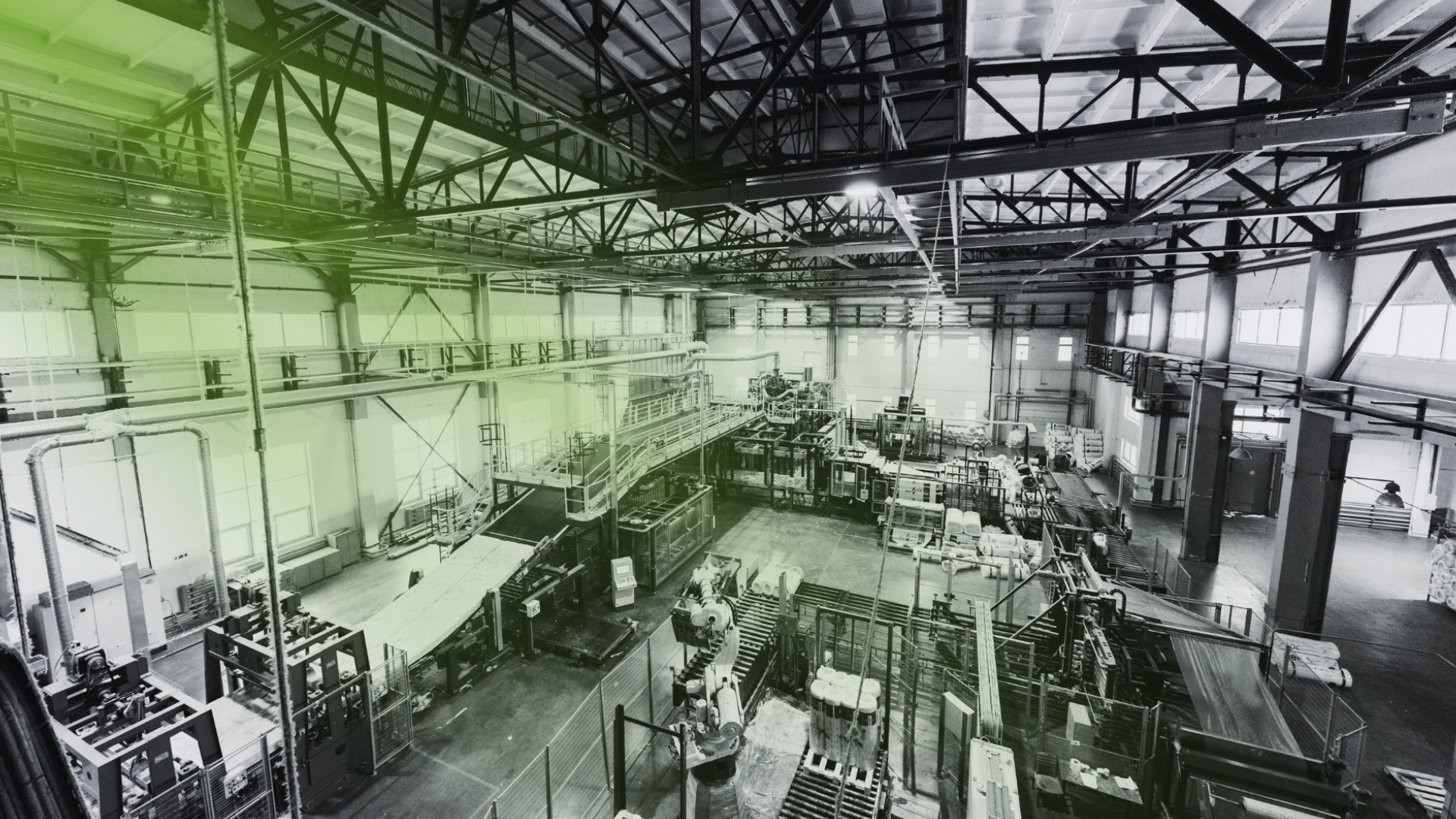What is flexible working?
Flexible working can mean different things for different people, especially for employers. The concept of flexible working has gained significant traction in recent years, particularly as more people seek a better work-life balance. With technological advancements, remote work, and digital tools, employees across many industries have embraced the freedom to work from home, set their own hours, or manage personal commitments alongside professional tasks. But when it comes to manufacturing, an industry that traditionally relies on physical presence and structured schedules, can flexible working truly work?
Challenges of Flexible Working in Manufacturing
- On-Site Presence is Essential: Unlike many office-based roles, manufacturing employees need to be on-site to operate machinery, maintain production lines, or manage inventory. Production processes require a physical presence to ensure that operations run smoothly, meet deadlines, and comply with safety standards.
2. Shift Work and Production Schedules: Manufacturing facilities often operate in shifts to ensure 24/7 production. This means that workers are expected to adhere to a rigid schedule, which might clash with flexible working preferences. Managing shift changes, ensuring adequate staffing, and balancing employee schedules becomes more complex when flexibility is introduced.
- Operational Efficiency: Efficiency and productivity in manufacturing depend on highly coordinated efforts. With flexible hours or remote working, there's the risk that communication and collaboration among workers could suffer. This could lead to inefficiencies in production, delays, or costly errors.
Opportunities for Flexible Working in Manufacturing
- Hybrid Models for Office-Based Roles: Many manufacturing companies have office-based roles, such as HR, finance, marketing, and customer service, that don’t require a presence on the production floor. These employees can benefit from flexible work arrangements, such as remote working or flexible hours, which can improve morale, productivity, and job satisfaction.
- Flexible Shift Scheduling: Instead of the traditional fixed shifts, manufacturers could explore more flexible shift systems. Employees could be allowed to choose from a range of shift patterns or work compressed hours, enabling them to balance work and personal commitments better. This would give employees more control over their schedules without compromising production needs.
- Automation and Technology: With advancements in robotics, artificial intelligence, and Internet of Things (IoT) devices, manufacturing companies are becoming increasingly automated. This shift could create opportunities for more remote or flexible work. For example, workers could remotely monitor production lines, troubleshoot issues, or supervise equipment through digital tools. This could offer a level of flexibility previously not possible in manufacturing settings.
Conclusion
While flexible working in manufacturing presents a unique set of challenges, it’s not entirely out of reach. As technology continues to evolve, and companies look for ways to retain top talent and improve employee well-being, the traditional boundaries of working arrangements are beginning to shift.


